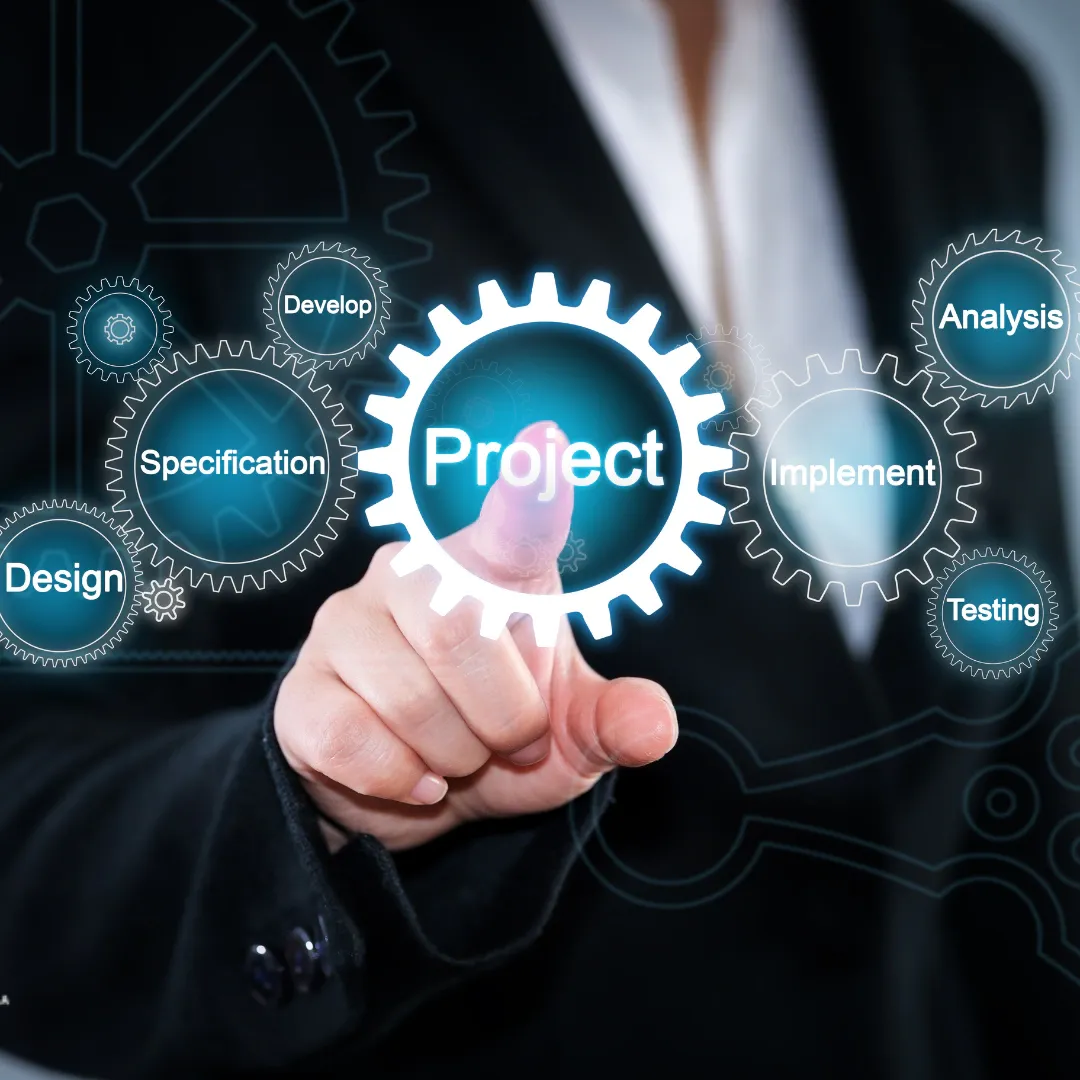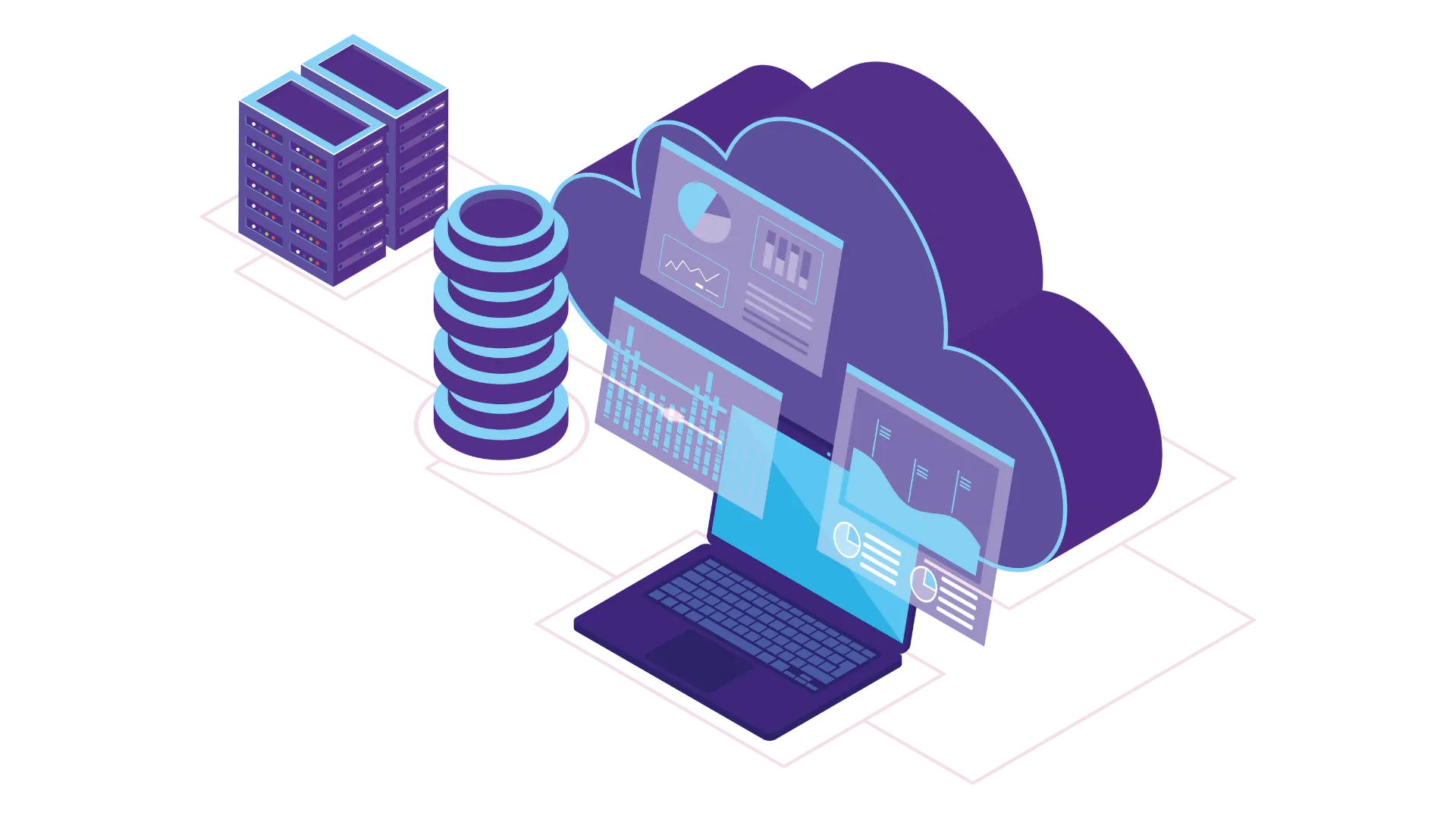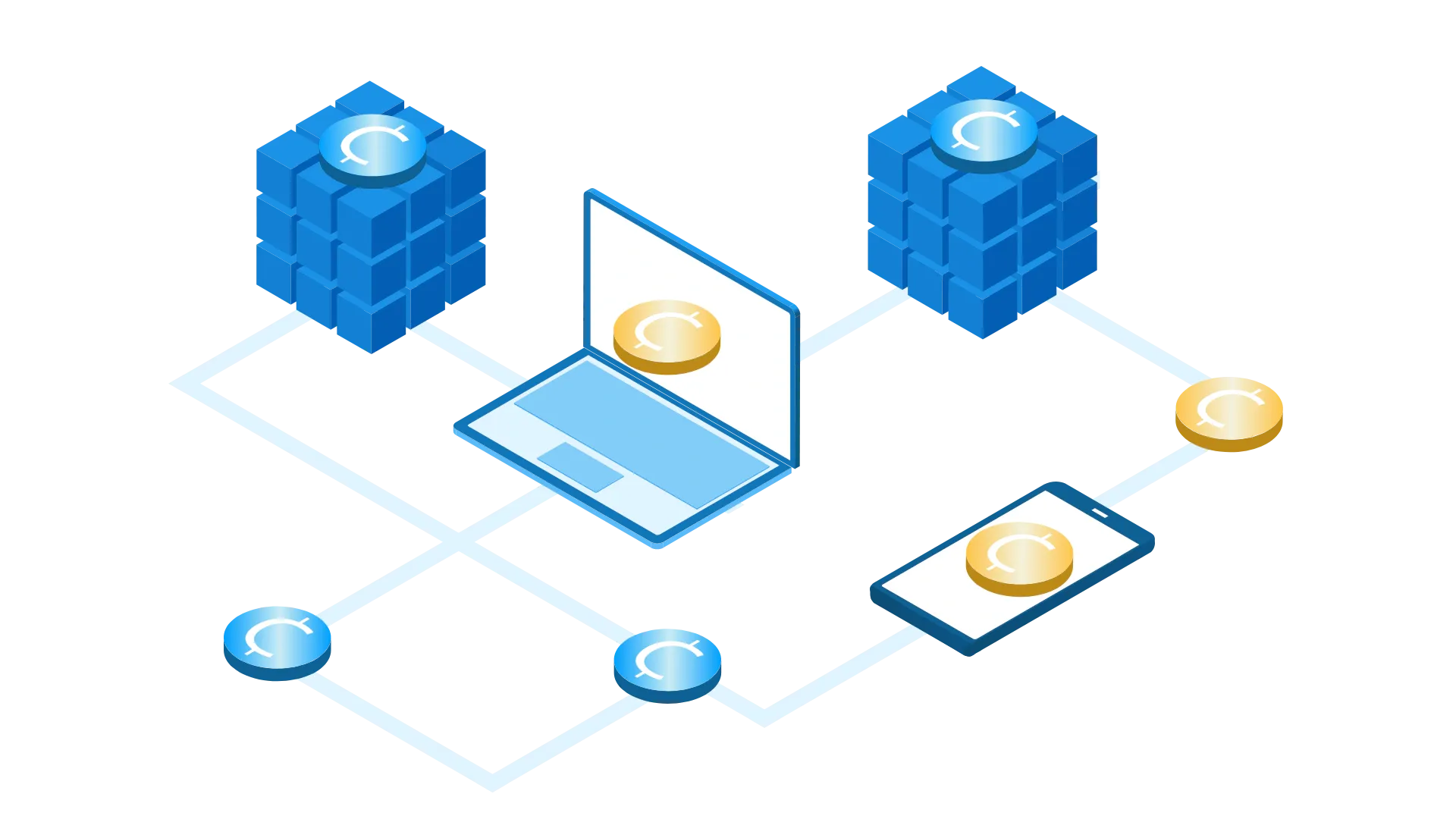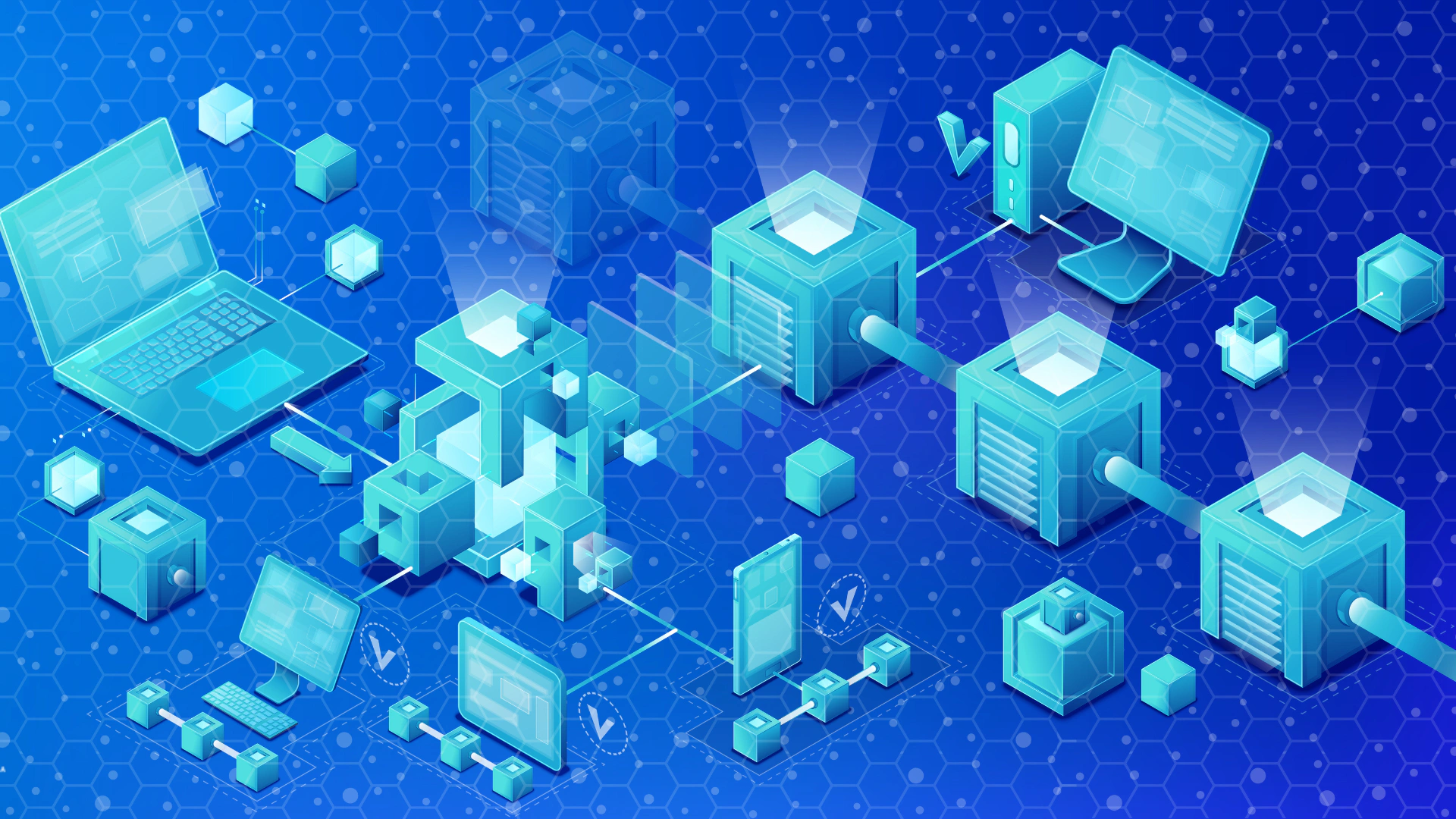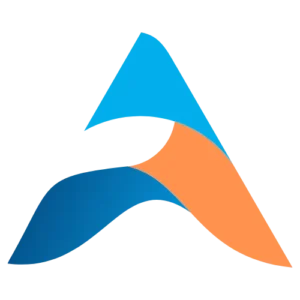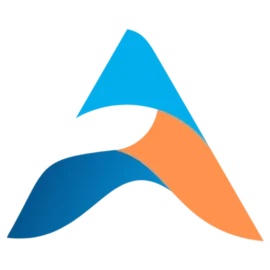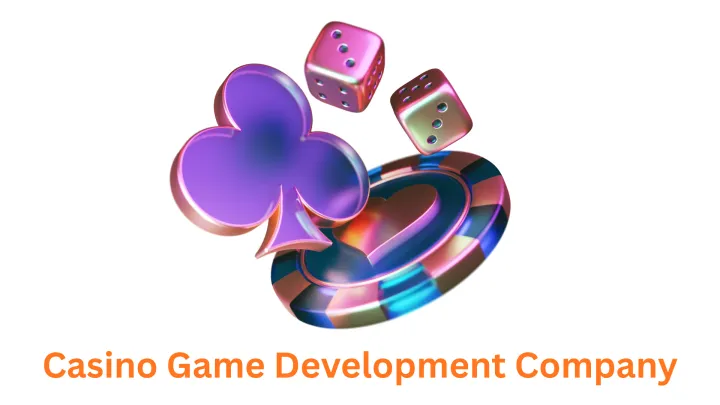Demystifying Blockchain Development: Guide to Building Your Own Software

Blockchain technology has revolutionized industries far beyond cryptocurrency. It offers secure, transparent, and decentralized solutions for everything from supply chain management to digital identity verification. While the complexity of blockchain can seem daunting, creating your own blockchain software is more achievable than you might think. This guide will walk you through the essential steps, from conceptualization to deployment.
Understanding the Basics:
- What is a Blockchain? A blockchain is a distributed ledger that records transactions across multiple computers. Each transaction is grouped into a "block" and linked to the previous block using cryptography, creating an unchangeable chain of data.
- Key Components:
- Nodes: These computers maintain copies of the blockchain and validate transactions.
- Consensus Mechanisms: Protocols (like Proof of Work or Proof of Stake) that ensure agreement among nodes on the validity of transactions.
- Smart Contracts: Self-executing code that automatically triggers actions when predefined conditions are met.
Steps to Building Your Blockchain Software:
- Define Your Use Case: What problem are you trying to solve? Is it supply chain transparency, secure voting, or something else entirely? A clear use case will guide your development decisions.
- Choose Your Blockchain Platform:
- Ethereum: Ideal for building decentralized applications (dApps) and smart contracts.
- Hyperledger Fabric: Offers a modular architecture suited for enterprise solutions.
- Corda: Focused on financial applications and complex agreements.
- Design Your Blockchain: Decide on the following:
- Consensus Mechanism: Which protocol best suits your needs?
- Data Structure: How will you organize information on the blockchain?
- Permissions: Will it be public, private, or a hybrid?
- Develop Your Software:
- Coding: Write the code for your nodes, smart contracts (if applicable), and user interface.
- Testing: Rigorously test your software to identify and fix bugs.
- Deployment and Maintenance:
- Network Setup: Establish your network of nodes.
- Ongoing Maintenance: Monitor the network, update software, and address any vulnerabilities.
When to Seek Professional Help:
Blockchain development involves intricate technical details and potential security risks. Partnering with a reputable blockchain development company like Associative can save you time, money, and headaches. Their expertise can ensure your software is robust, secure, and tailored to your specific needs.
Conclusion:
Creating your own blockchain software is a rewarding endeavor. By understanding the core concepts, following these steps, and considering professional assistance, you can harness the power of blockchain technology to transform your ideas into innovative solutions.
If you're ready to explore the possibilities of blockchain, contact Associative today for a consultation. We can guide you through the development process and help you achieve your blockchain goals.
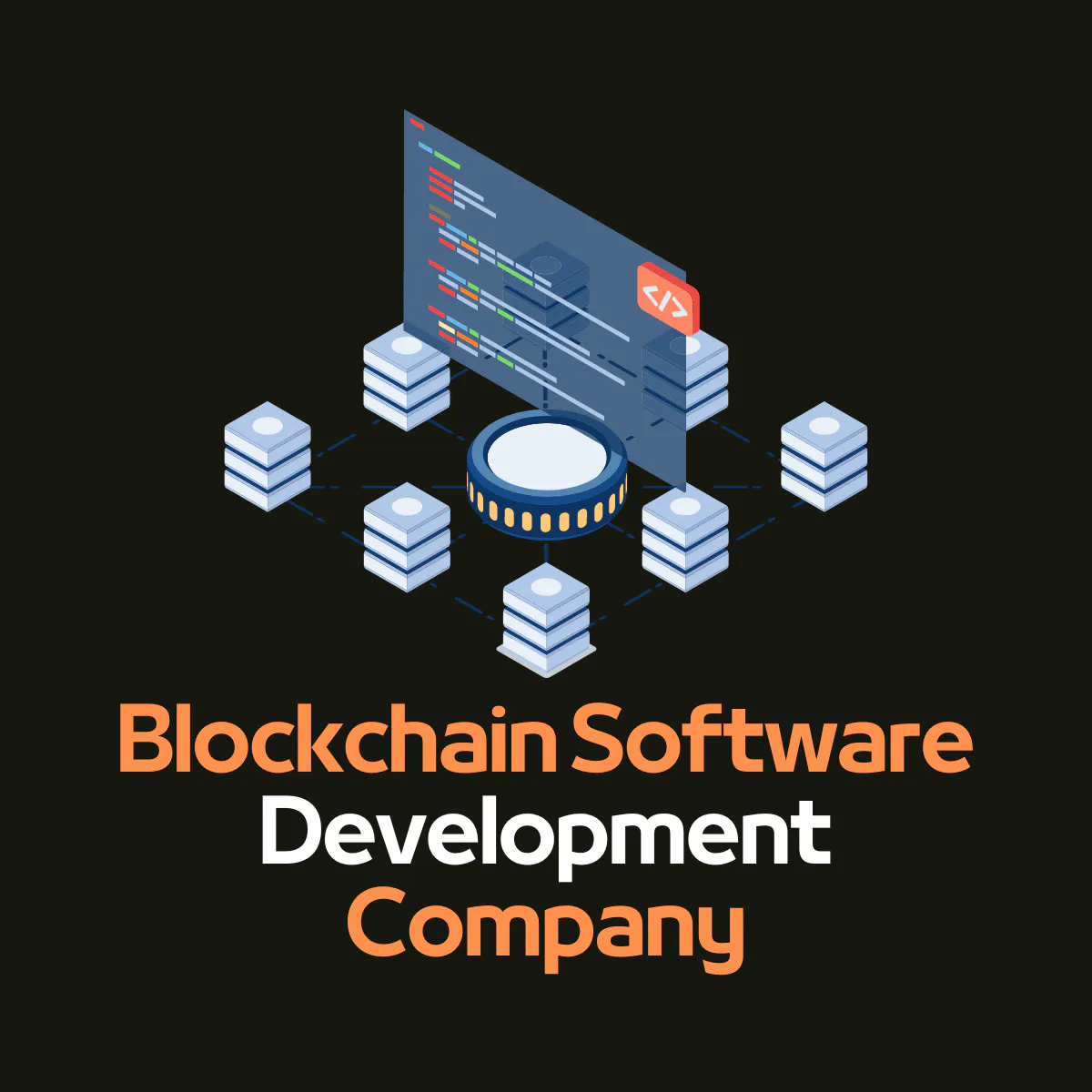
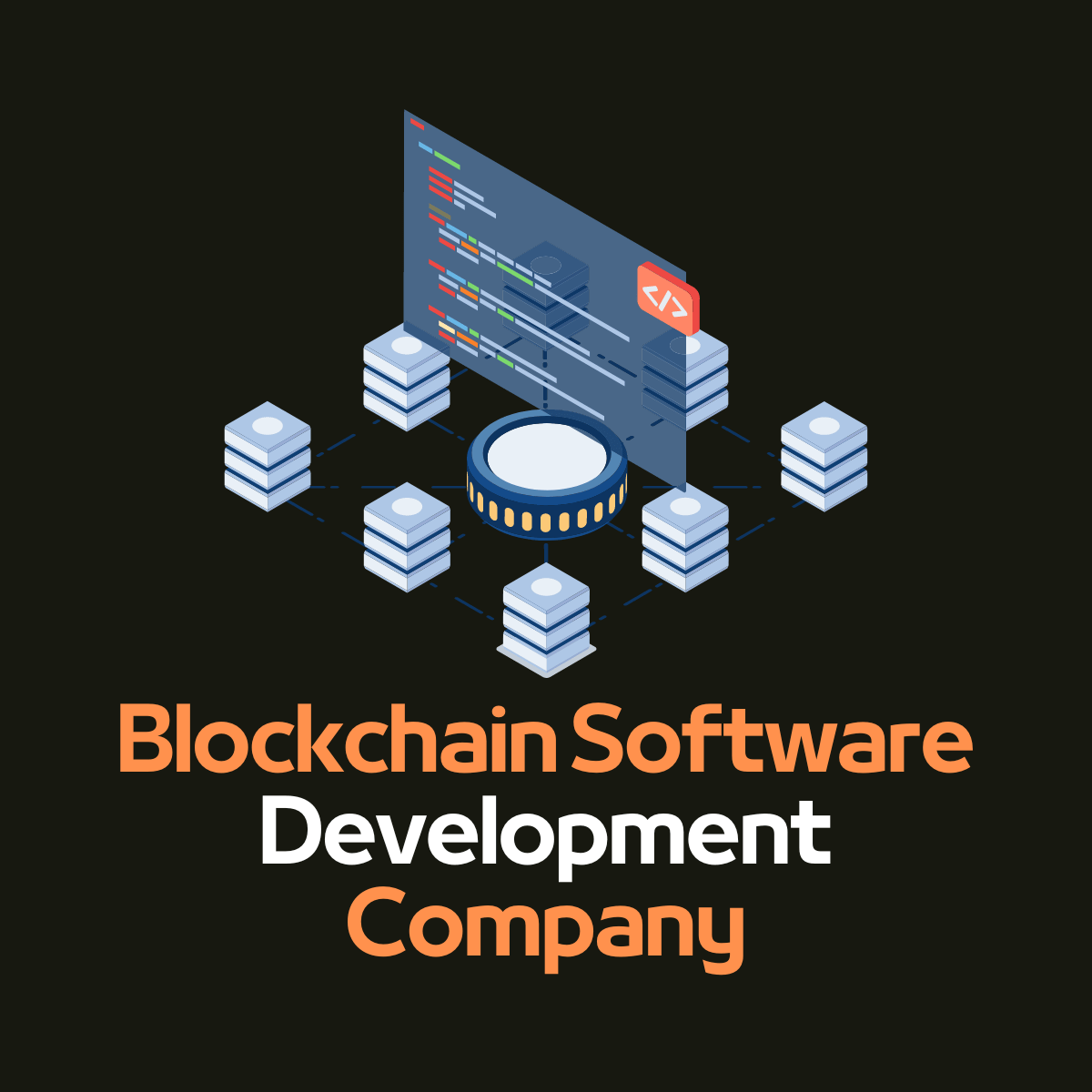
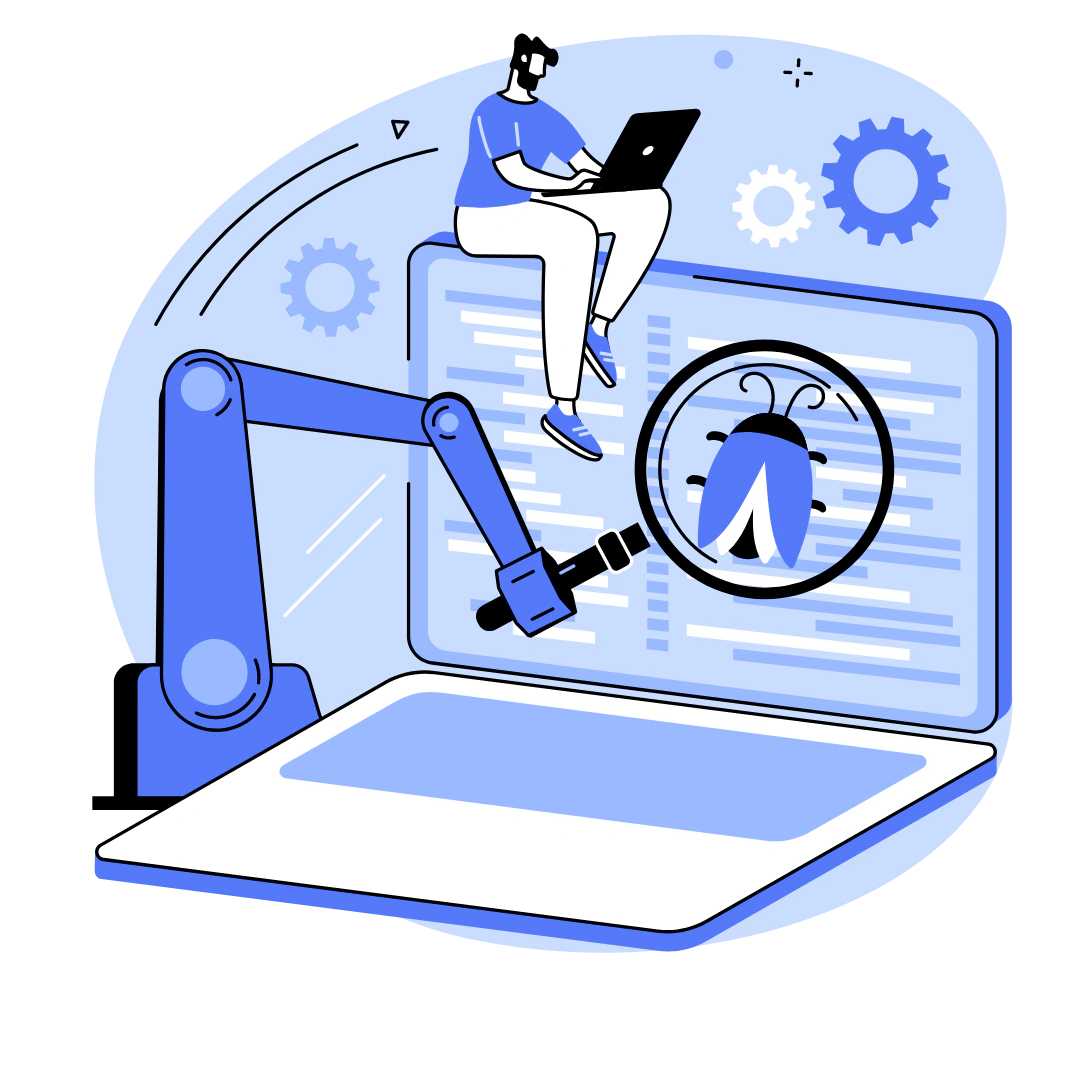
To learn more, consider reading other articles, blogs, and stories in this area.




